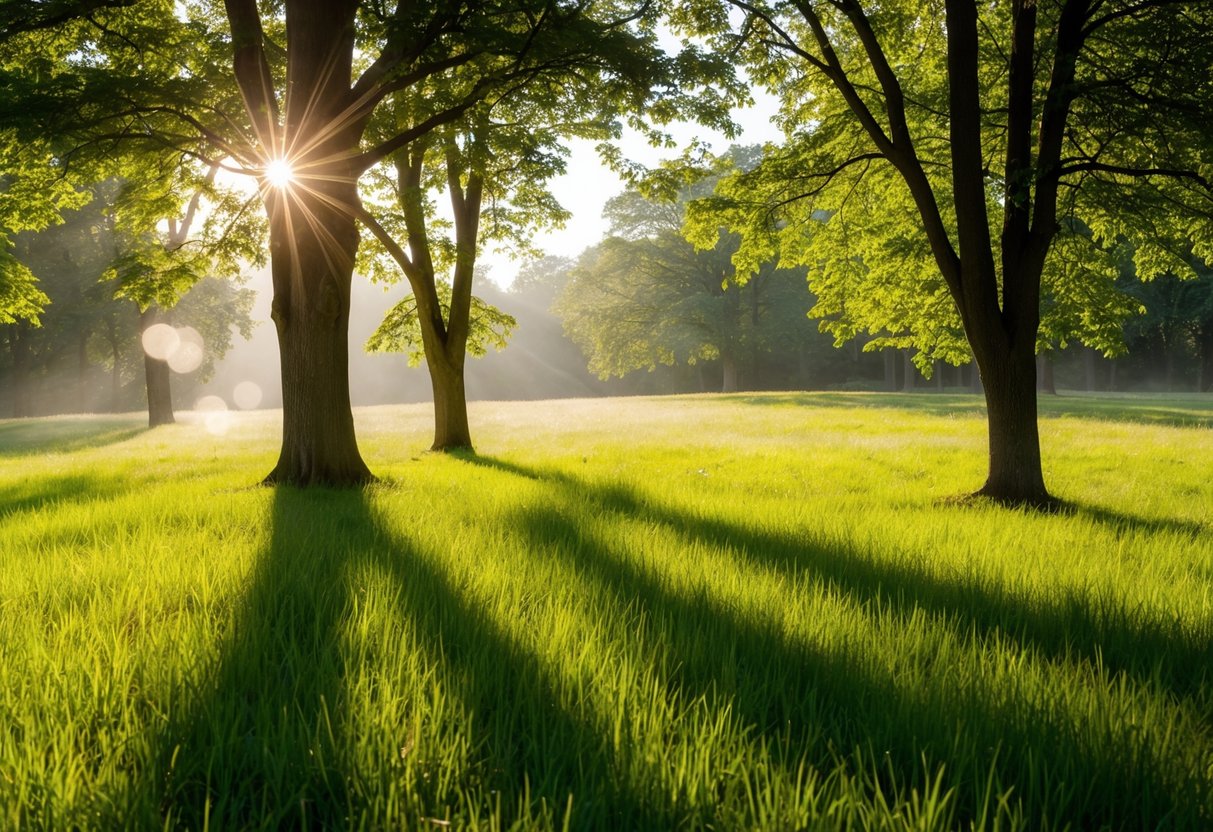
Movement and Action in Natural Light
Capturing movement in natural light presents unique challenges and opportunities. Photographers often aim to seize moments of motion whether it be a runner in a park or leaves rustling in the wind. Shutter speed plays a critical role in achieving the desired outcome.
For still subjects, a fast shutter speed freezes the action, creating a crisp image. It works well for active scenes in bright daylight. Yet, for more artistic endeavors, trying long exposure photography captures motion blur, adding a sense of movement to static images.
The balance between shutter speed and available natural light is crucial. Photographers might need to adjust the camera settings or opt for the golden hour when sunlight is softer. Adjusting ISO and aperture can further help in managing light and preserving image quality.
Experimenting with these techniques can lead to different results. Finding the right combination of these elements allows photographers to creatively express motion captured in natural light. Each scenario may demand a different approach depending on lighting conditions and the desired feel of the image.
Capturing Landscapes with Natural Light
Capturing the beauty of landscapes with natural light requires a deep understanding of lighting techniques. Mastery of sunlight dynamics can transform a simple outdoor scene into a compelling photograph. This balances technical skill with a keen eye for the play of light.
Landscape Lighting Techniques
Successful landscape photography involves harnessing the available natural light to enhance the scene. Photographers often wait for the “golden hour,” a period shortly after sunrise or before sunset, when the sunlight is soft and warm. This lighting can create dramatic shadows and enhance the textures of the landscape. It offers a unique opportunity to highlight features like mountains, trees, and water bodies, providing depth and dimension.
On the other hand, mid-day sunlight, while harsher, can provide its own advantages. The intense light can bring out vivid colors and create sharp contrasts. Photographers often use tools like polarizing filters to manage reflections and glare, helping to capture the scene more authentically. The key lies in knowing when and how to use these techniques to enhance the visual impact.
Understanding the Dynamics of Sunlight in Landscapes
The movement and intensity of sunlight throughout the day play a critical role in landscape photography. Early morning and late afternoon sun are softer, casting long shadows and providing a gentle light ideal for capturing landscapes. The color temperature of sunlight varies, influencing the mood and tone of the photograph.
Photographers need to be aware of their direction in relation to the sun. This affects how light interacts with the landscape’s natural features. Backlighting can create stunning silhouettes, while side lighting highlights textures and details. Understanding these dynamics allows photographers to anticipate changes in lighting and adapt their techniques accordingly, ensuring that each shot captures the landscape’s true essence.